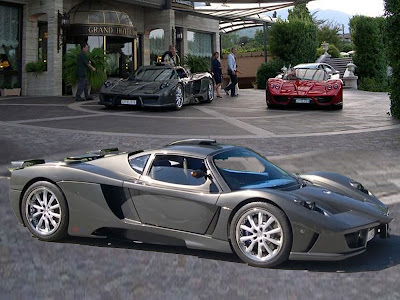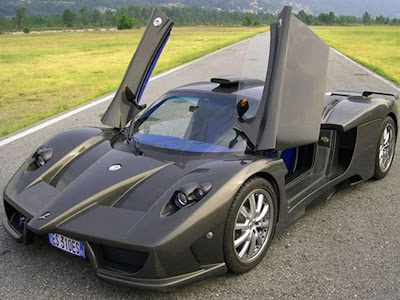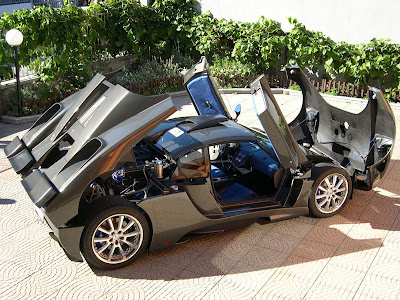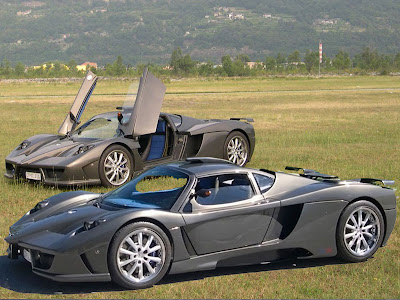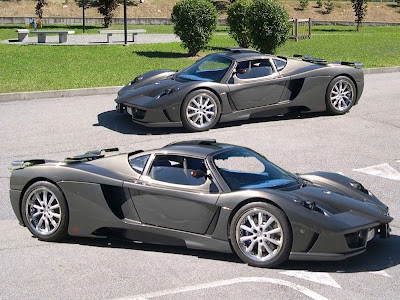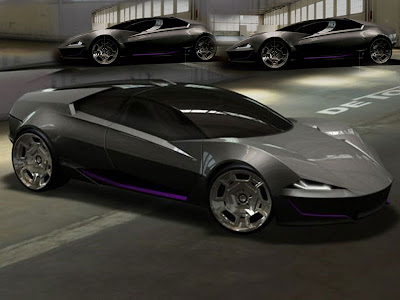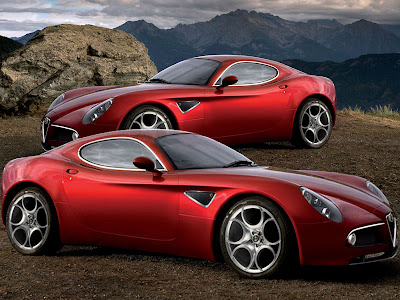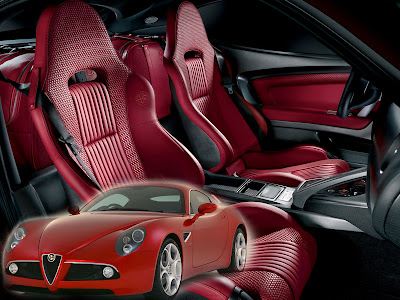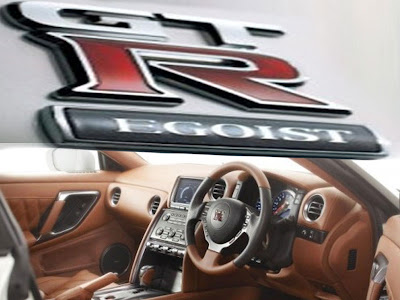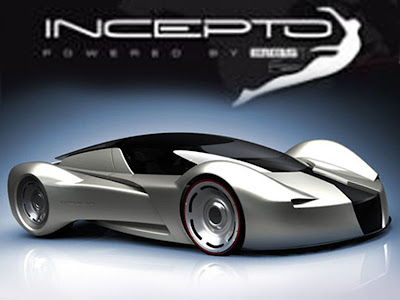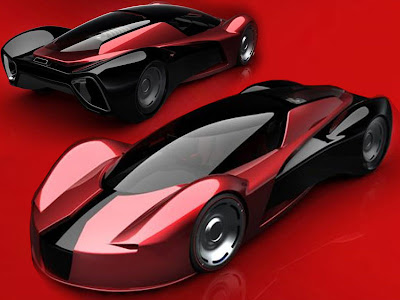Italian brands The Lavazza GT-R unveiled, Simbol Design has some pictures and specifications for the new super sports car. Simbol Design has created this impressive new V12 supercar producing 620 hp while weighing a mere 2380 lbs. This gives the car an exceptional power to weight ratio of 3.8 lb.
Simbol Design's Lavazza GTX-R body made of carbon-Kevlar built atop a tubular steel frame. And since German powerplants have emerged as the new crate engine of choice for niche manufacturers from Spyker and Wiesmann to Gumpert and Pagani, the Lavazza packs a BMW-sourced 5.4-liter V12, picking up Lamborghini's tractor-origins mantle with an electro-pneumatic transmission reportedly sourced from a bus. Sources differ on the engine's output – alternately claiming 489 horsepower or 620 – but either way, 0-60 mph times quoted around the four-and-a-half second sound conservative.
The 2011 Simbol Design Sports Cars Lavazza GTX-R The New Super Sports Cars will be offered in both coupe and roadster versions and will be built in carbon kevlar. This will help the car get its weight down to about 2381 lbs. On the exterior, the 2011 Simbol Design Sports Cars Lavazza GTX-R will get fixed front diverters and rear venturi intakes with adjustable side diverters, an adjustable rear wing, and a roof scoop.
The front of the car may look a little like a Pagani Zonda (or a Zonda on drugs), but the price tag shouldn’t as this car is definitely not fitting into the ranks of the Italian supercars of today. Both coupe and roadster bodystyles are apparently in the works, though there's no word on availability or pricing just yet, but are exclusive to models such as this, you can not expect that the cheap.


